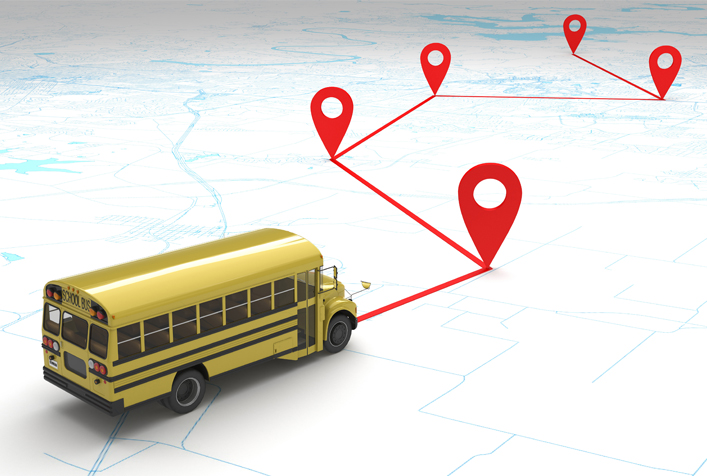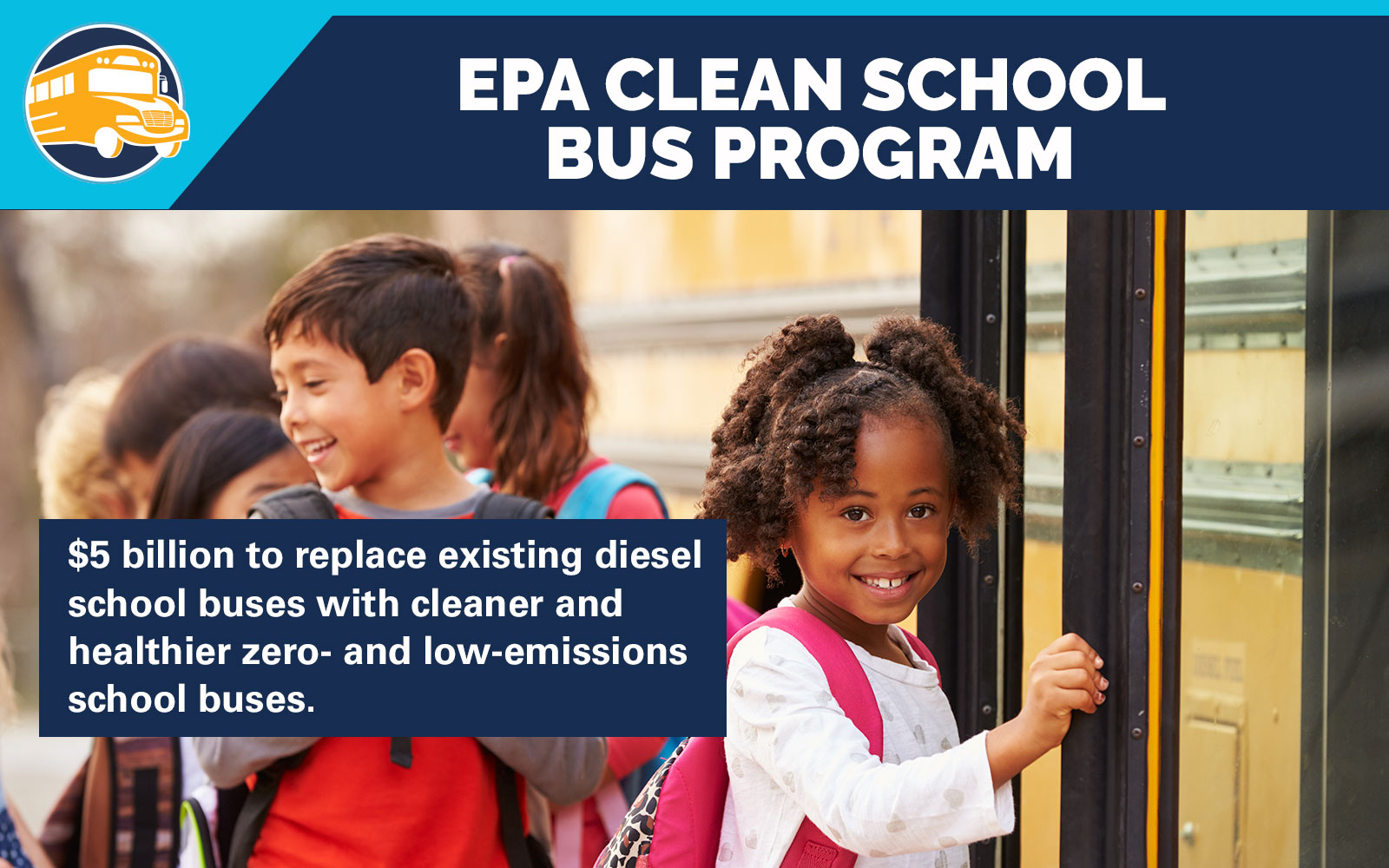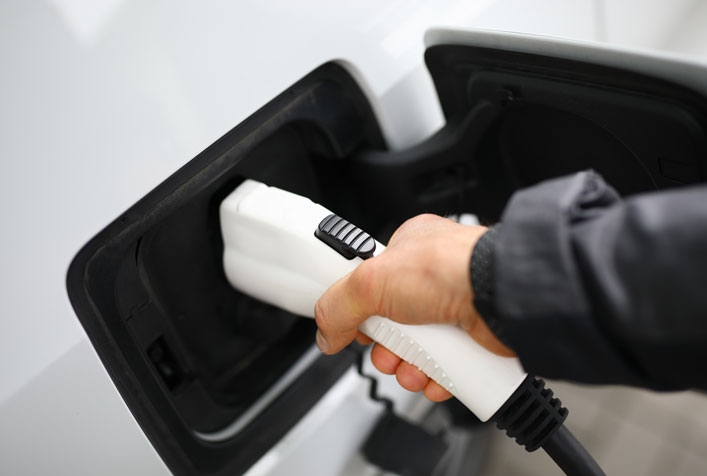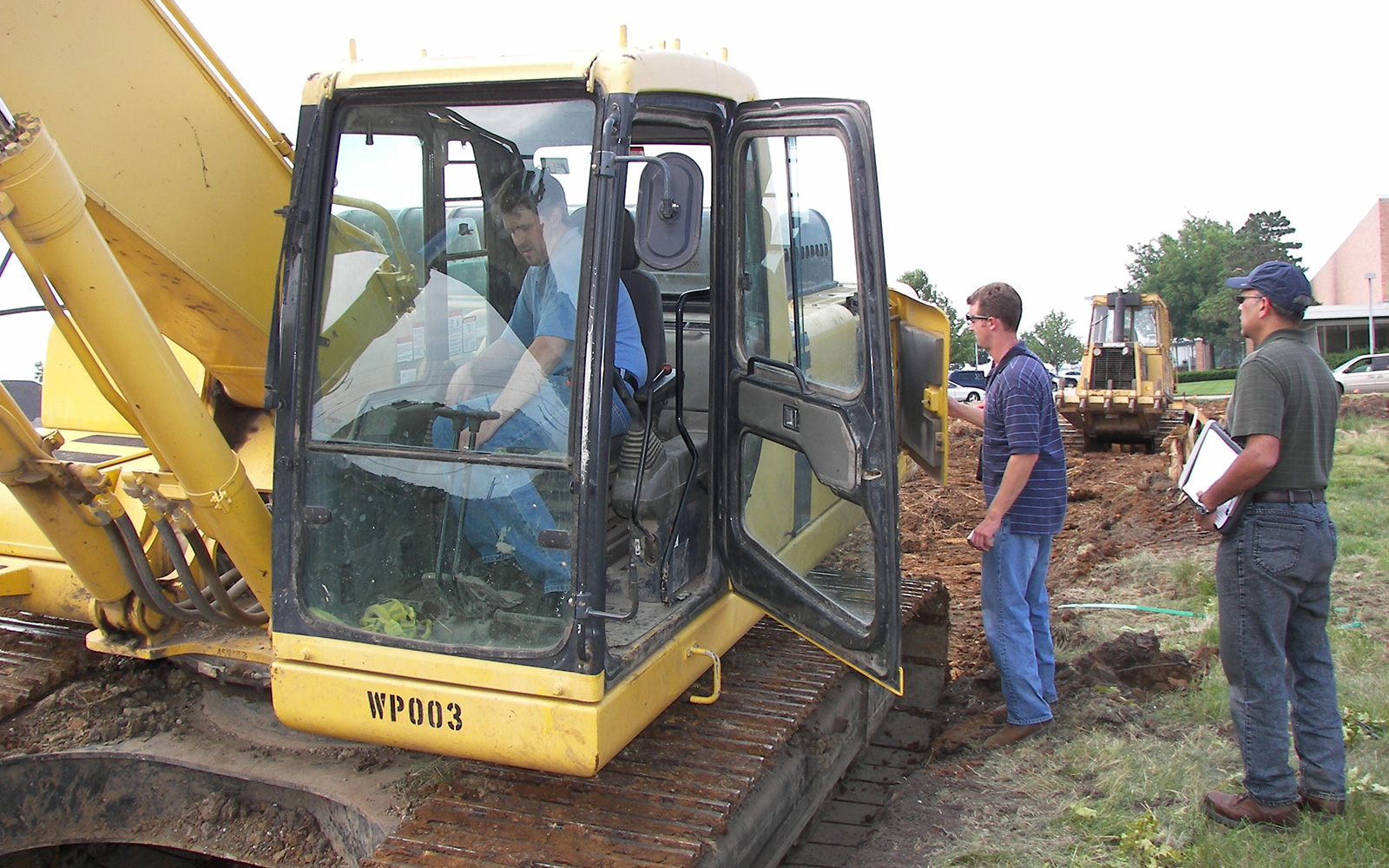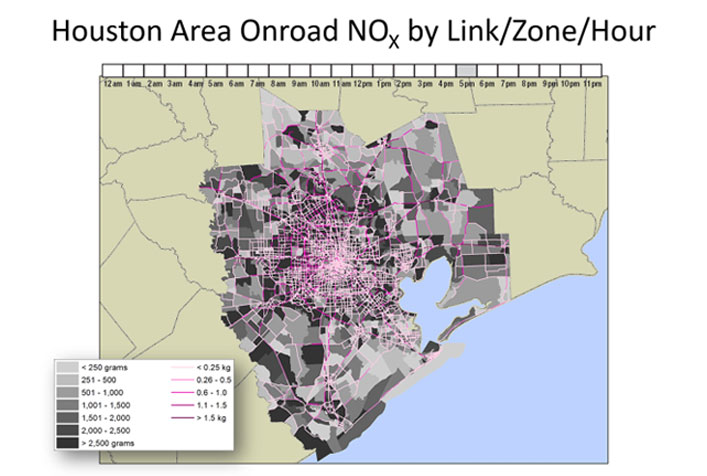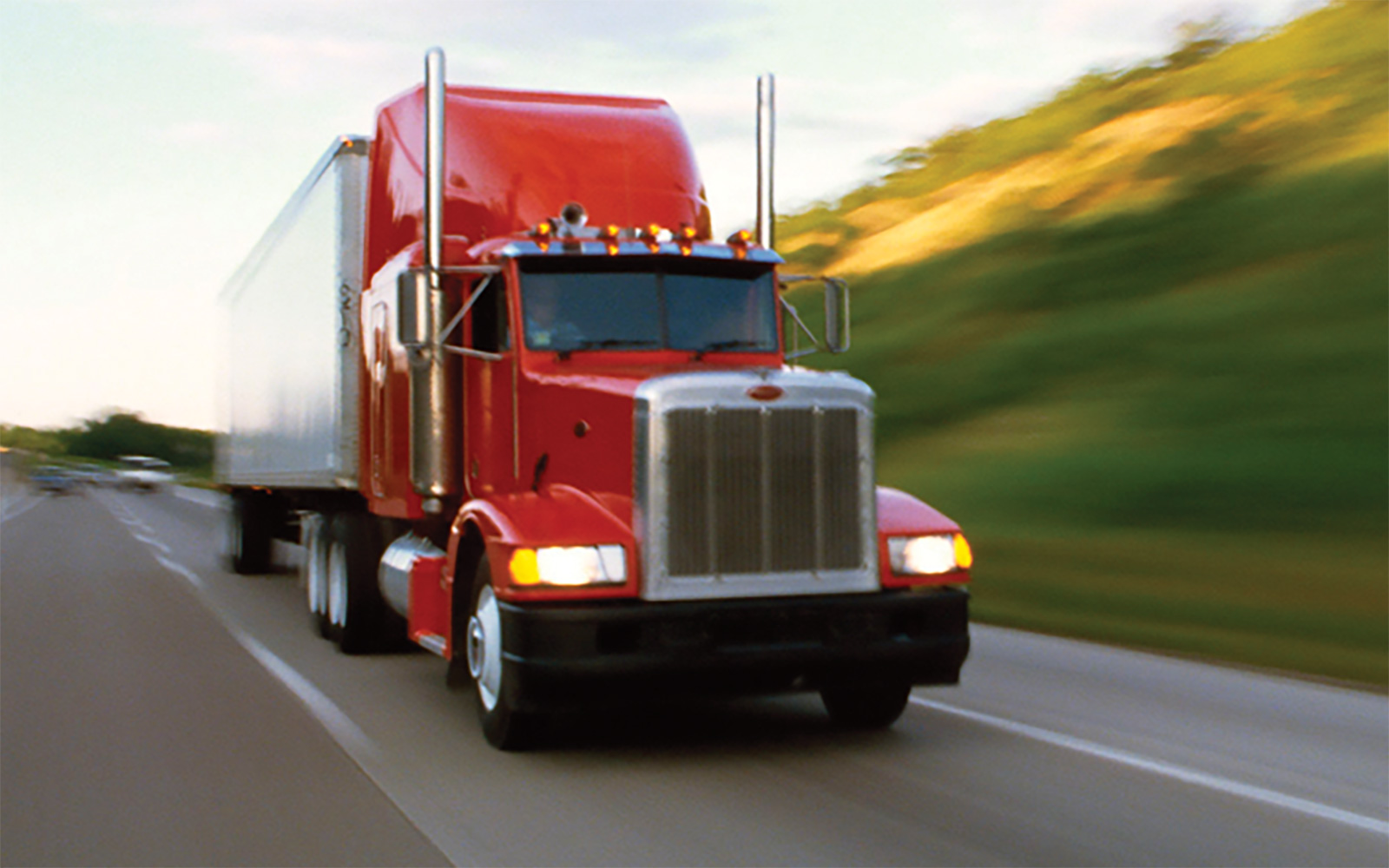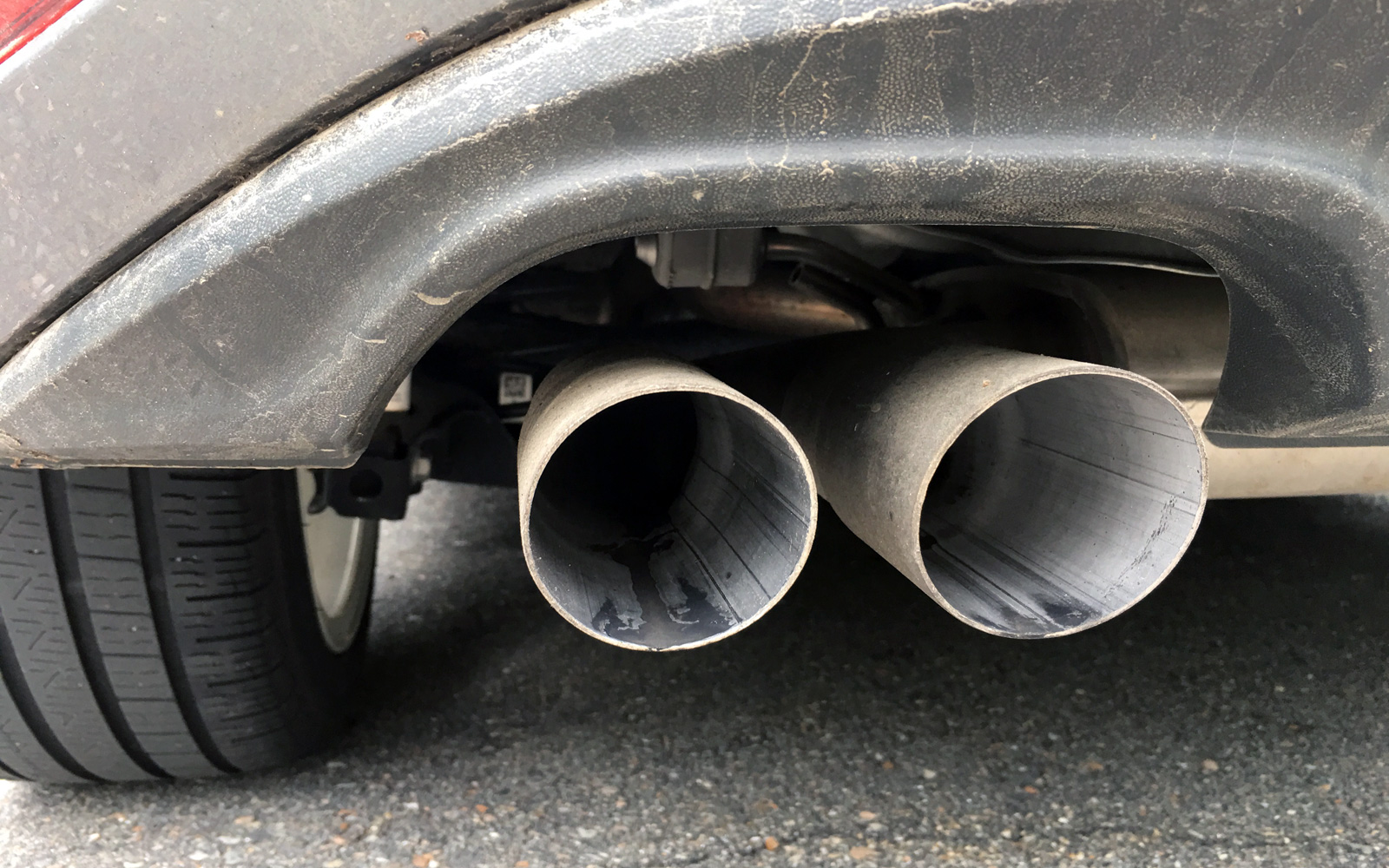Clean Transportation
ERG supports clean transportation at all levels of government in the U.S. and abroad. We help agencies ensure that engines and vehicles in use now are as clean as possible, while also supporting the transition to use of 21st century, low-carbon transportation technologies. At ports, airports, rail yards, construction sites, and on roads, our multidisciplinary transportation experts monitor and reduce emissions; plan and implement fleet electrification; calculate and model life cycles and cost-benefits of alternative fuels and technologies; and galvanize stakeholders to improve air quality and reduce climate impacts from transportation.
Vehicle Electrification, Supply Equipment, and Alternative Fuels
- Market research on future vehicle models
- EVSE installation support
- Renewable (e.g., solar) charging options, batteries
- Biofuel deployment and life-cycle analysis
- Analysis of renewable diesel availability and benefits
- Emissions reduction analysis for electric vehicles
- Total cost of ownership analysis
Real-World Characterization of On- and Non-Road Sources and Activity
- Telematics data analysis (in collaboration with GeoTab, StreetLight, Verizon, and others)
- Portable emission measurement and activity monitoring system instrumentation and analysis
- Remote sensing device data collection
- Statistical analysis of activity and emissions data
- Fleet operations and equipment activity surveys
- Marine Automatic Identification System analysis
- Matching vessels and aircraft to their engine and operating characteristics
- Application of geographic information systems data
Comprehensive Emission Inventories
- Greenhouse gases, criteria pollutants, particulate matter, toxics, black carbon
- National Emissions Inventory, State Implementation Plan/Transportation Conformity analysis
- Light- and heavy-duty on-road vehicles and nonroad equipment (e.g., construction, agricultural)
- Aircraft/airports, locomotives, and marine vessels and port equipment
- Trend forecasting
- Measurement and analysis of brake and tire particulate matter emissions
Economic and Regulatory Support for Transportation Initiatives
- Valuation of non-market benefits (e.g., social cost of carbon and public health benefits from reduced criteria pollutants)
- Evaluation of control and compliance programs
- Evaluation of ability to pay for non-compliance with federal and state regulations
- Assessment of rate of return for environmental service fees
Diesel Emissions Reductions
- Heavy-duty onroad emission testing and inspection/maintenance
- Diesel Emissions Quantifier development and application for DERA
- Green freight and other voluntary program strategies
- Stakeholder engagement on funding of diesel emissions reduction strategies
- Nonroad controls/technology strategies
- Fleet-specific surveys and control evaluations
- Specialized emission factors and modeling
Emissions Modeling
- MOVES/EMFAC development and applications
- NONROAD/OFFROAD modeling
- Spatial Emissions Estimator link-level emissions modeling utility
- Freight shipper/carrier emission footprint and benchmarking tools
- Development of region-specific railroad emissions models
- FAA Aviation Environmental Design Tool
- EPA Commercial Marine Vessel Model
- DOE Argonne Laboratory’s GREET Model
Evaluating Control Strategies
- Remote Sensing Device program effectiveness
- Engine modification and retrofit effectiveness
- Advanced fuel efficiency technologies
- Analysis of new and proposed emission and fuel economy standards
- Tools to estimate rail yard emission reductions
Transportation Air Quality Impacts and Mitigation Strategies
- Tools and resources for using urban green infrastructure to mitigate air pollution and climate impacts
- Mobile and stationary measurements to evaluate near-road air quality impacts
- Laboratory and real-world measurement and evaluation of regulated and unregulated air contaminants from brake and tire wear
- Methods for assessing local-scale benefits from transportation mitigation strategies

